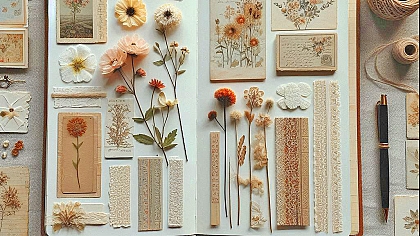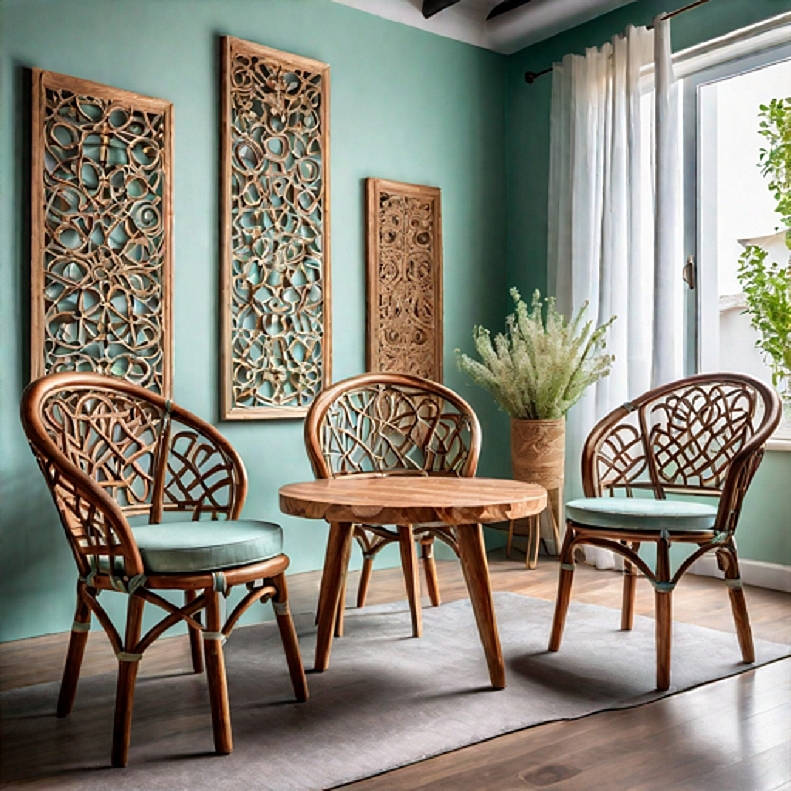
Reviving Tradition: The Art of Handcrafted Furniture Making
In an age where mass production dominates the furniture industry, the art of handcrafted furniture making stands as a testament to tradition, skill, and artistry. Each piece crafted by hand carries with it a story of dedication, precision, and a deep connection to the materials used. In this article, we delve into handcrafted furniture making, exploring its rich history, the materials and tools involved, the intricate techniques employed, and the enduring importance of sustainability and ethical practices. We'll also examine the challenges faced by artisans, as well as the timeless rewards that come with creating furniture by hand. Join us to rediscover the beauty and craftsmanship of handcrafted furniture making.
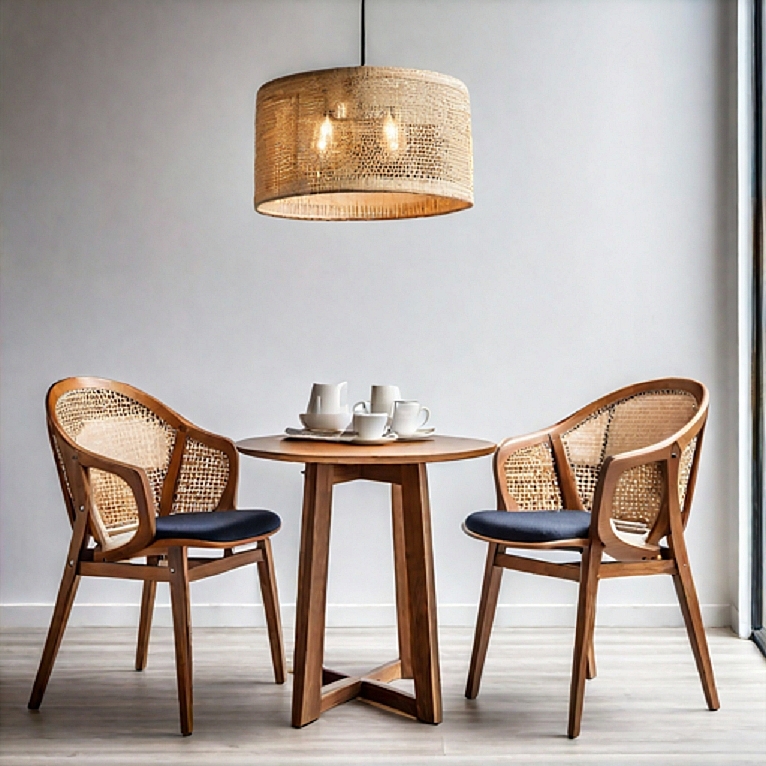
The History and Evolution of Handcrafted Furniture Making:
Handcrafted furniture making has a storied history dating back centuries, rooted in the traditions of skilled artisans and craftsmen. Before the advent of industrialization, furniture was crafted entirely by hand, with each piece reflecting the unique style and expertise of its creator. Early civilizations such as the Egyptians, Greeks, and Romans crafted furniture using basic tools and natural materials like wood, stone, and animal hides.
Throughout the Middle Ages and into the Renaissance period, furniture making flourished as guilds of craftsmen honed their skills and passed down their knowledge through apprenticeship systems. The craftsmanship of this era produced exquisite pieces adorned with intricate carvings, inlays, and decorative motifs, showcasing the mastery of woodworking techniques.
The Industrial Revolution brought about significant changes to the furniture industry, with the introduction of mass production techniques and mechanized processes. While this revolutionized the efficiency and affordability of furniture manufacturing, it also led to a decline in the artistry and individuality of handcrafted pieces.
However, amidst the rise of mass production, a resurgence of interest in traditional craftsmanship emerged in the late 19th and early 20th centuries. Influential movements such as the Arts and Crafts movement led by figures like William Morris and the Bauhaus movement championed the value of handmade objects and sought to reconnect artisans with their craft.
Today, handcrafted furniture making continues to thrive as artisans draw inspiration from both traditional techniques and contemporary design trends. While technology has undoubtedly impacted the industry, many craftsmen embrace a hybrid approach, combining handcrafted elements with modern tools and technologies to create unique and innovative pieces.
As we explore the history of handcrafted furniture making, it becomes evident that this ancient art form has endured through centuries of change, preserving the essence of craftsmanship and the timeless beauty of handmade furniture. Materials and Tools of the Trade:
In handcrafted furniture making, the choice of materials and tools plays a pivotal role in the quality and character of the final piece. Artisans often select materials based on their durability, aesthetic appeal, and sustainability, ensuring that each component contributes to the overall integrity of the furniture.

-
Wood:
- Wood is the primary material used in handcrafted furniture making, prized for its natural beauty, strength, and versatility.
- Artisans often select hardwoods such as oak, walnut, cherry, and maple for their durability and rich grain patterns.
- Sustainable sourcing practices are increasingly important, with many artisans opting for certified or reclaimed wood to minimize environmental impact.
-
Other Materials:
- In addition to wood, handcrafted furniture may incorporate a variety of other materials such as metal, glass, leather, and upholstery fabrics.
- These materials can add texture, contrast, and visual interest to the piece, enhancing its overall design.
-
Tools:
- Traditional hand tools are essential to the craft of furniture making, allowing artisans to shape, join, and finish each component with precision and care.
- Common hand tools include saws, chisels, planes, rasps, and carving tools, each serving a specific purpose in the construction process.
- While hand tools remain fundamental, many artisans also utilize power tools and machinery to expedite certain tasks without sacrificing craftsmanship.
-
Joinery Techniques:
- Joinery refers to the methods used to connect individual pieces of wood to create sturdy and seamless joints.
- Traditional joinery techniques such as dovetail, mortise tenon, and finger joints are favoured by many artisans for their strength and durability.
- Each joinery method requires skill and precision to execute effectively, resulting in furniture that is not only visually appealing but also structurally sound.
By carefully selecting high-quality materials and utilizing a combination of hand tools and modern technology, artisans can create furniture that transcends mere function, becoming works of art imbued with craftsmanship and character. Techniques and Processes in

Handcrafted Furniture Making:
Handcrafted furniture making is a meticulous process that involves a series of techniques and methods to transform raw materials into finished pieces of furniture. From initial design concepts to final finishing touches, artisans employ a range of skills and practices to ensure the highest quality craftsmanship.
-
Design and Planning:
- The creative process begins with the design phase, where artisans conceptualize the form, function, and aesthetics of the furniture piece.
- Detailed drawings, sketches, and prototypes are often created to visualize the design and make necessary adjustments before proceeding to the construction phase.
- Considerations such as ergonomics, proportion, and style are carefully evaluated to ensure that the final piece meets both aesthetic and practical requirements.
-
Material Preparation:
- Once the design is finalized, artisans select and prepare the materials needed for construction.
- Wood is carefully milled, cut, and shaped to the desired dimensions, taking into account factors such as grain direction and stability.
- Other materials such as metal hardware, upholstery fabric, and decorative accents are also prepared for assembly.
-
Joinery and Construction:
- Joinery techniques play a crucial role in the structural integrity and longevity of handcrafted furniture.
- Artisans use a combination of traditional hand tools and machinery to cut, shape, and assemble individual components with precision.
- Attention to detail is paramount during this phase, as even minor deviations can affect the overall fit and finish of the piece.
-
Finishing and Detailing:
- Once the construction is complete, the furniture piece undergoes a finishing process to enhance its appearance and protect it from wear and tear.
- Finishing techniques may include sanding, staining, painting, or applying clear coats of lacquer or varnish.
- Artisans often take great care in hand-finishing each piece, paying attention to grain patterns, texture, and colour consistency.
-
Quality Control and Inspection:
- Before the final product is deemed complete, artisans conduct thorough quality control inspections to ensure that it meets their standards of excellence.
- Every aspect of the furniture piece, from its structural integrity to its aesthetic appeal, is carefully evaluated and adjusted as needed.
By adhering to these techniques and processes, artisans can craft furniture that exemplifies the highest levels of craftsmanship and attention to detail. Each piece bears the unique imprint of its maker, embodying the timeless beauty and artistry of traditional woodworking. The Importance of Sustainability and Ethical Practices:
In recent years, there has been a growing recognition of the importance of sustainability and ethical practices in all industries, including furniture making. Handcrafted furniture artisans, in particular, are embracing sustainable principles and ethical standards to minimize their environmental footprint and uphold social responsibility.
-
Sustainable Material Sourcing:
- Sustainable forestry practices are essential to ensuring the long-term viability of wood as a primary material in furniture making.
- Artisans prioritize sourcing wood from responsibly managed forests or opting for reclaimed wood salvaged from old buildings, barns, or other structures.
- By choosing sustainable materials, artisans help conserve natural resources and protect ecosystems for future generations.
-
Eco-Friendly Finishes and Treatments:
- Traditional finishes and treatments for wood furniture often contain harmful chemicals and volatile organic compounds (VOCs) that can contribute to indoor air pollution and environmental degradation.
- Many artisans are turning to eco-friendly alternatives such as natural oils, waxes, and water-based finishes that are non-toxic and environmentally sustainable.
- These eco-friendly finishes not only safeguard the health of artisans and consumers but also reduce the ecological impact of furniture production.
-
Waste Reduction and Recycling:
- Handcrafted furniture making inherently generates waste in the form of sawdust, offcuts, and unused materials.
- Artisans strive to minimize waste by repurposing offcuts for smaller projects, composting organic materials, and recycling any remaining waste materials.
- By adopting waste reduction and recycling practices, artisans contribute to a circular economy where resources are conserved and waste is minimized.
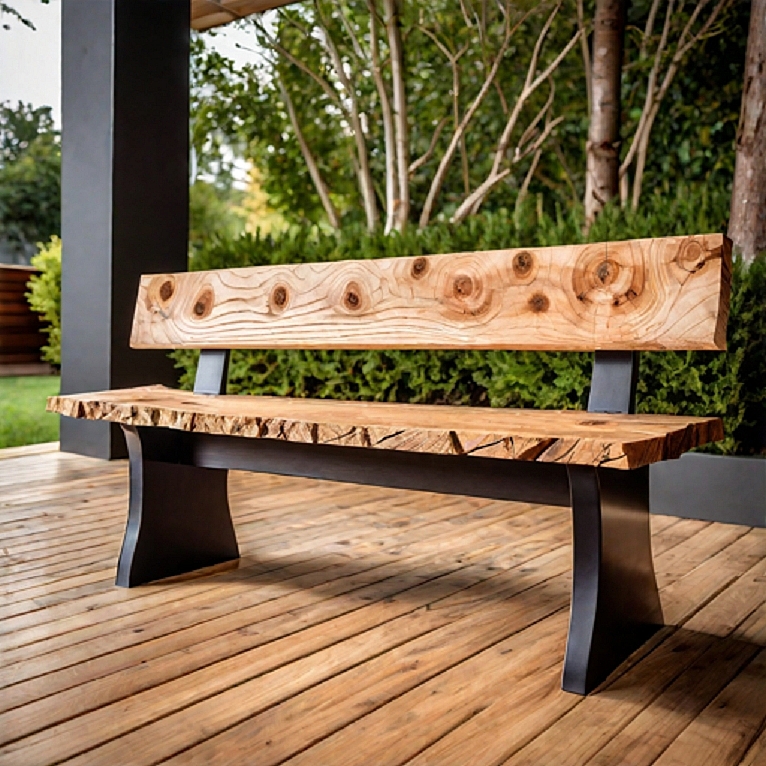
-
Ethical Labor Practices:
- Ensuring fair wages, safe working conditions, and respect for workers' rights is paramount in maintaining ethical standards within the furniture industry.
- Many handcrafted furniture artisans operate small-scale workshops where they have direct control practice labour employee well-being.
- Supporting artisans who uphold ethical labour practices can contribute to a more just and equitable global supply chain.
-
Community Engagement and Support:
- Handcrafted furniture making often thrives within local communities, where artisans form close-knit networks and support each other's craft.
- Supporting local artisans not only fosters economic growth and job creation but also preserves traditional craftsmanship and cultural heritage.
- Community engagement initiatives such as workshops, apprenticeship programs, and public demonstrations help educate and inspire the next generation of artisans.
By embracing sustainability and ethical practices, handcrafted furniture artisans are not only creating beautiful and enduring pieces but also contributing to a more sustainable and socially responsible future for the industry as a whole. Challenges and Rewards of Handcrafted Furniture Making:
While handcrafted furniture making is a labour of love rooted in tradition and craftsmanship, it also presents artisans with a unique set of challenges and rewards. From the intricacies of the craft to the satisfaction of creating something tangible with one's hands, the journey of a furniture artisan is filled with both obstacles and triumphs.
-
Time and Patience:
- One of the greatest challenges of handcrafted furniture making is the time and patience required to complete each piece.
- Unlike mass-produced furniture, which can be churned out quickly using automated processes, handcrafted pieces demand meticulous attention to detail and a willingness to invest countless hours of labour
- Artisans must possess a patient disposition and a deep appreciation for the slow and deliberate pace of traditional craftsmanship.
-
Skill and Expertise:
- Mastering the art of handcrafted furniture making requires a high level of skill, expertise, and technical proficiency.
- Artisans must be proficient in a wide range of woodworking techniques, from joinery and carving to finishing and upholstery.
- Achieving mastery of these skills often requires years of practice, dedication, and a commitment to lifelong learning.
-
Creative Expression:
- Despite the challenges, handcrafted furniture making offers artisans a unique opportunity for creative expression and artistic fulfilment
- Each piece provides a blank canvas for artisans to imbue their personality, style, and vision, resulting in truly one-of-a-kind creations.
- The ability to bring a design concept to life and witness it evolve into a tangible object of beauty is one of the most rewarding aspects of the craft.
-
Connection to Materials:
- Handcrafted furniture artisans develop a deep connection to the materials they work with, whether it be the warmth of wood, the texture of fabric, or the sheen of metal.
- This intimate relationship with materials allows artisans to understand their properties and potential, enabling them to coax out the inherent beauty of each material in their creations.
- The process of selecting, shaping, and finishing materials becomes a form of artistic dialogue between the artisan and the raw material itself.
-
Customer Relationships:
- Building strong relationships with customers is essential for handcrafted furniture artisans, as each piece is often made to order or customized to meet the client's specific needs and preferences.
- Working closely with clients allows artisans to understand their vision, preferences, and lifestyle, resulting in furniture that is not only aesthetically pleasing but also functional and practical.
- The satisfaction of seeing a client's delighted reaction to a finished piece is one of the most gratifying aspects of the artisan's work.
Despite the challenges inherent in handcrafted furniture making, artisans are driven by a passion for their craft and a desire to create objects of enduring beauty and utility. The rewards of artistic expression, creative fulfilment, and meaningful connections with clients make the journey worthwhile, ensuring that the tradition of handcrafted furniture making continues to thrive in the modern world. Conclusion:
Handcrafted furniture making is more than just a craft—it is a timeless art form that celebrates tradition, craftsmanship, and creativity. Throughout history, artisans have honed their skills, perfected their techniques, and passed down their knowledge from generation to generation, ensuring that the art of handcrafted furniture making endures.
In today's world, where mass-produced furniture dominates the market, handcrafted pieces stand out as symbols of individuality, quality, and authenticity. Each piece tells a story of dedication, passion, and skill, reflecting the unique vision and expertise of its creator.
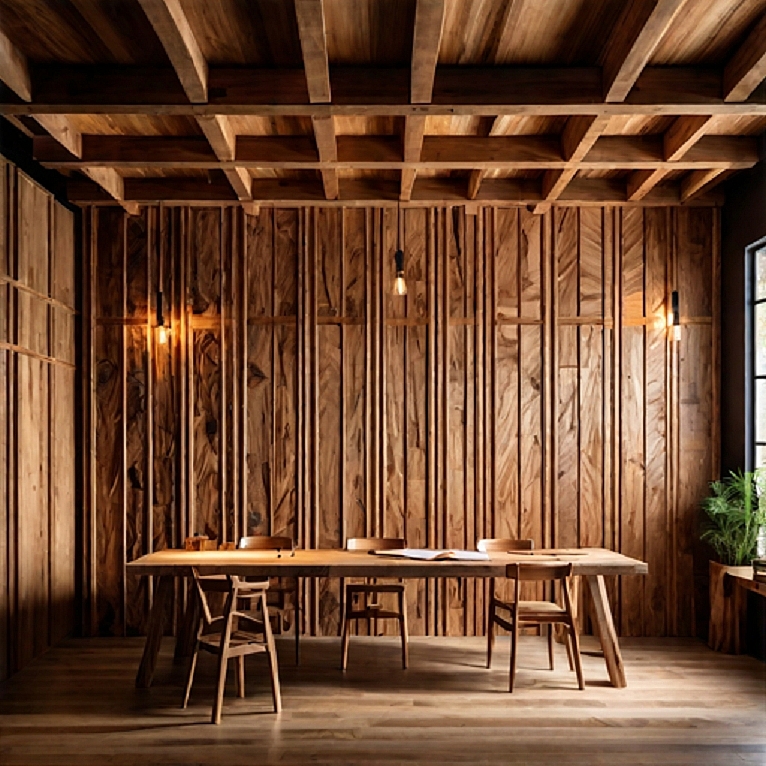
As we have explored in this article, handcrafted furniture making encompasses a wide range of techniques, materials, and practices, from traditional joinery methods to sustainable sourcing principles. Artisans combine time-honoured traditions with modern innovations, creating furniture that is not only beautiful and functional but also environmentally responsible and ethically produced.
While handcrafted furniture making presents its share of challenges, from the painstaking labour involved to the complexities of running a small-scale workshop, the rewards far outweigh the obstacles. For artisans, the satisfaction of creating something with their own hands, the joy of connecting with customers, and the sense of pride in preserving a centuries-old tradition make every challenge worthwhile.
As consumers, we have the power to support and celebrate the art of handcrafted furniture making by choosing quality over quantity, valuing craftsmanship over convenience and investing in pieces that are made with care and integrity. By doing so, we not only enrich our lives with beautiful and meaningful objects but also contribute to the preservation of a rich cultural heritage that spans centuries.
In a world that is constantly changing and evolving, the art of handcrafted furniture making remains a steadfast reminder of the enduring value of tradition, craftsmanship, and human ingenuity. Let us continue to cherish and celebrate this timeless art form, ensuring that it continues to thrive for generations to come.

